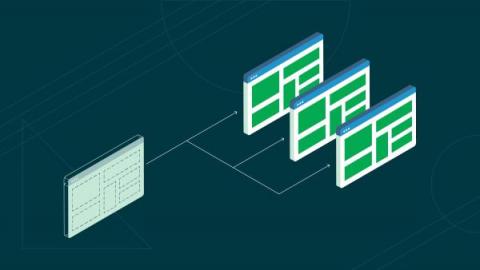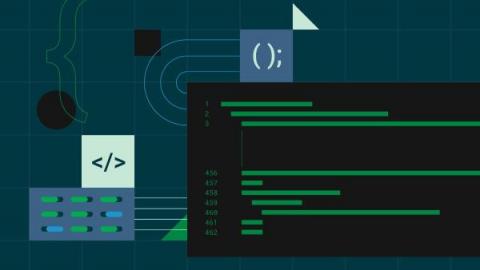Serverless vs containers: Which is best for your application?
To keep ahead of the curve, many organizations are looking at how to evolve their technical processes to accelerate their IT infrastructure development. Fast and robust deployments to the latest platforms are key to achieving the low lead times that enable this evolution. Two of the most widely-used technologies to host these deployments are serverless functions and containers. What are they, how do they differ, and how do you decide which is best for your application?










